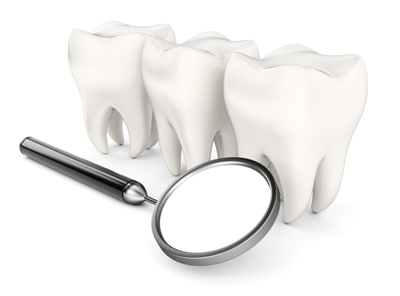Obstructive Sleep Apnea
Obstructive Sleep Apnea is a common disorder in which the throat closes and breathing is interrupted while sleeping. Typically, someone with obstructive sleep apnea will snore heavily, then stop breathing. The bed partner will observe that the person struggles to breathe but there is no snoring sound. These periods of apnea are followed by sudden attempts to breathe, often accompanied by a gasping or choking sound. The person with OSA will partially awaken leading to fragmented sleep which can be the cause of excessive daytime sleepiness. More importantly, the lack of breathing also causes the oxygen level in the blood stream to fall, leading to multiple medical problems such as hypertension, congestive heart failure, stroke and early death from heart attack. Untreated Sleep Disordered Breathing can also contribute to TMD, bruxism, and gastroesophageal problems.

Pediatric Sleep Disorders
Obstructive Sleep Apnea not only affects adults but also affects children. Signs and symptoms of OSA in children include hyperactivity, poor concentration, a hyponasal quality to the voice, upper airway infections, earaches, bed wetting, nocturnal mouth breathing, snoring, restless sleep, nightmares, headaches and chronic nose running. Typically these children suffer from growth and development problems such as underdeveloped upper jaws, narrow upper arches and retruded lower jaws. Children suffering from OSA are often highly allergic with obstructed airways due to enlarged tonsils. Comorbidities include attention deficit disorder and obesity. If your child is having snoring or breathing problems, do not ignore them. Early recognition and diagnosis is important. Dentofacial orthopaedic appliances are available to correct the skeletal and neuromuscular conditions that contribute to OSA in children.
Treatment of Sleep Disorders
The proper treatment of a sleep disorder begins with a proper diagnosis. We follow a strict medical model for the diagnosis of Sleep Disordered Breathing including polysomnography. We consider the severity of the sleep apnea, relative efficacy of treatment options, presence of comorbid conditions and patient preferences when prescribing treatment. Therapies include surgical and nonsurgical options, pharmacologic treatments, continuous positive airway pressure devices (CPAP) as well as oral appliances.

